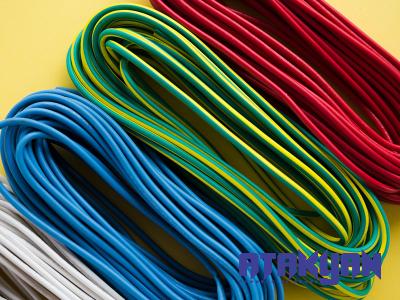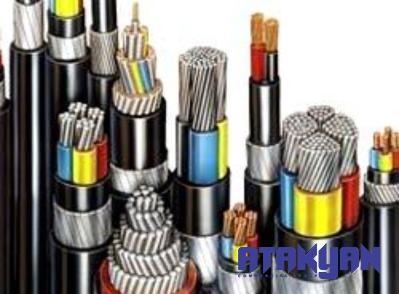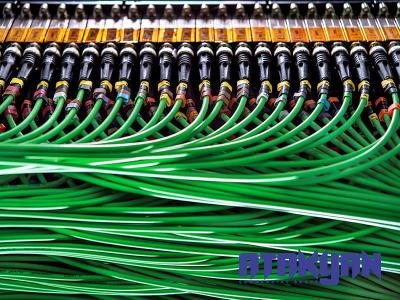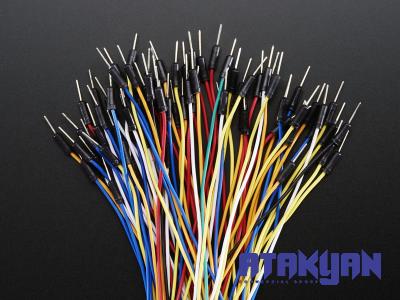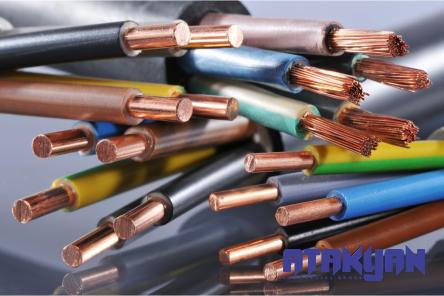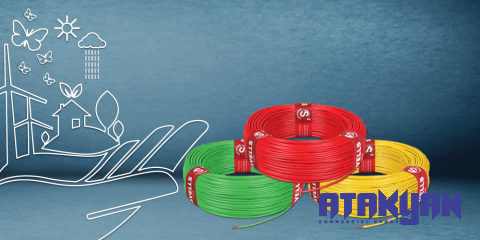A Comprehensive Guide to Welding Wire Types for Efficient Welding
Introduction:
Welding is a fundamental process in various industries, including manufacturing, construction, and automotive. However, achieving quality welds is dependent not only on the skills of the welder but also on the type of welding wire used. In this article, we will discuss the different types of welding wire and provide insights into buying considerations and pricing, ensuring a successful welding operation.
Discuss Welding Wire Types:
1. Solid Wire:
Solid wire, also known as gas metal arc welding (GMAW) wire or metal inert gas (MIG) wire, is commonly used for general-purpose welding applications. It is composed of a solid metal core surrounded by a protective gas shield. Solid wire offers excellent arc stability and weld quality, making it ideal for welding mild steel, stainless steel, and aluminum.
2. Flux-Cored Wire:
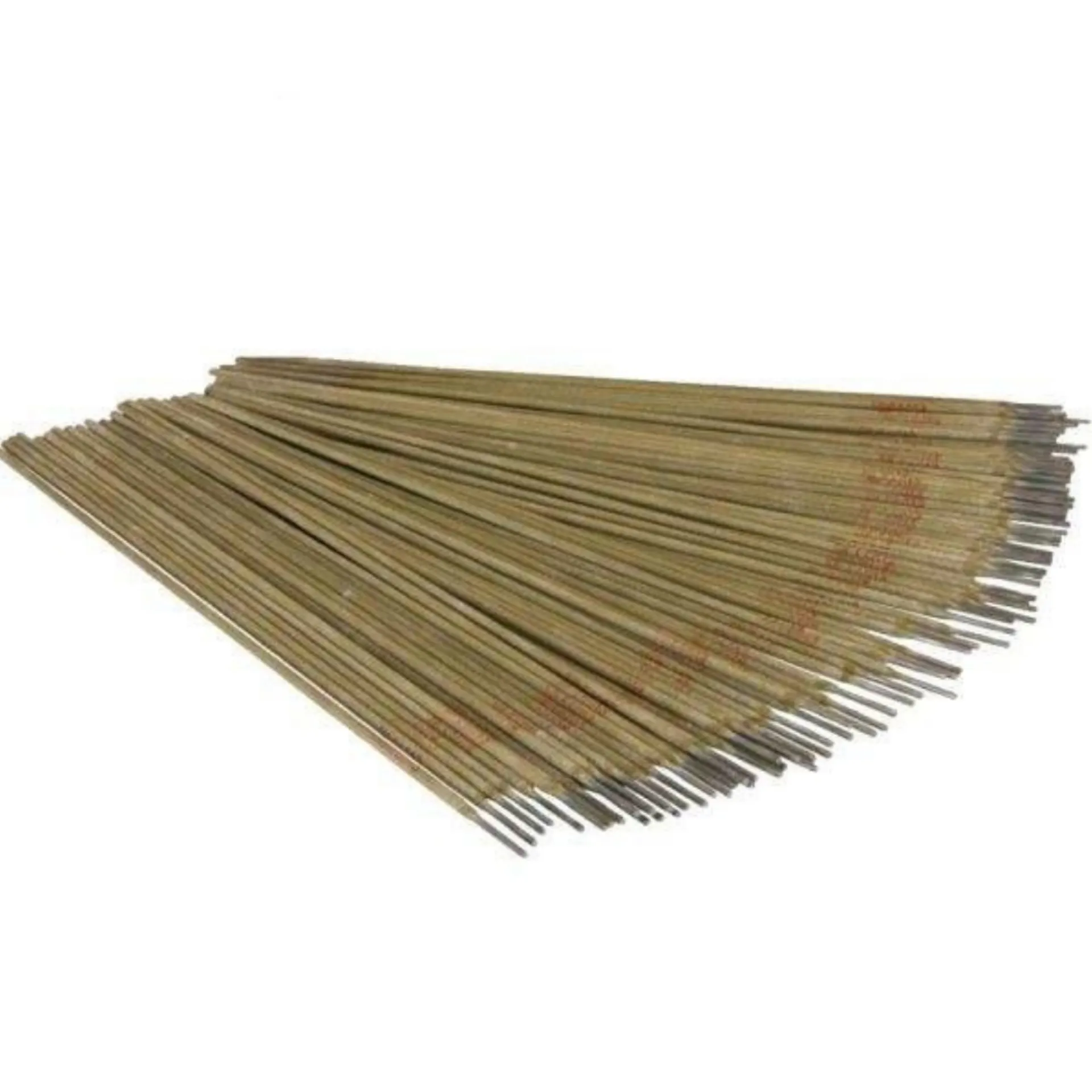
Flux-cored wire is another popular welding wire type. Unlike solid wire, flux-cored wire contains a hollow core filled with flux, eliminating the need for an external shielding gas. This type of wire is advantageous in outdoor or windy conditions, as the flux shields the weld pool from contaminants. Flux-cored wire is suitable for welding thick metals, including mild steel and stainless steel.
3. Submerged Arc Welding (SAW) Wire:
Submerged arc welding wire is primarily used for industrial applications involving thick materials, such as pipes, vessels, and heavy fabrication. The wire feeds automatically into the arc zone, where it is covered by a layer of granular flux. This process helps protect the weld pool from atmospheric contamination, resulting in high-quality, clean welds. SAW wire excels in providing deep penetration and high deposition rates.
Buying Welding Wire Types:
When buying welding wire, it is essential to consider several factors to ensure optimal performance and cost-effectiveness.
1. Material Compatibility:
Different welding wire types are designed to work with specific materials. For instance, solid wire is suitable for steel and aluminum, while flux-cored wire is ideal for welding stainless steel and mild steel. Therefore, understanding the materials you regularly weld will help determine the appropriate welding wire type to purchase.
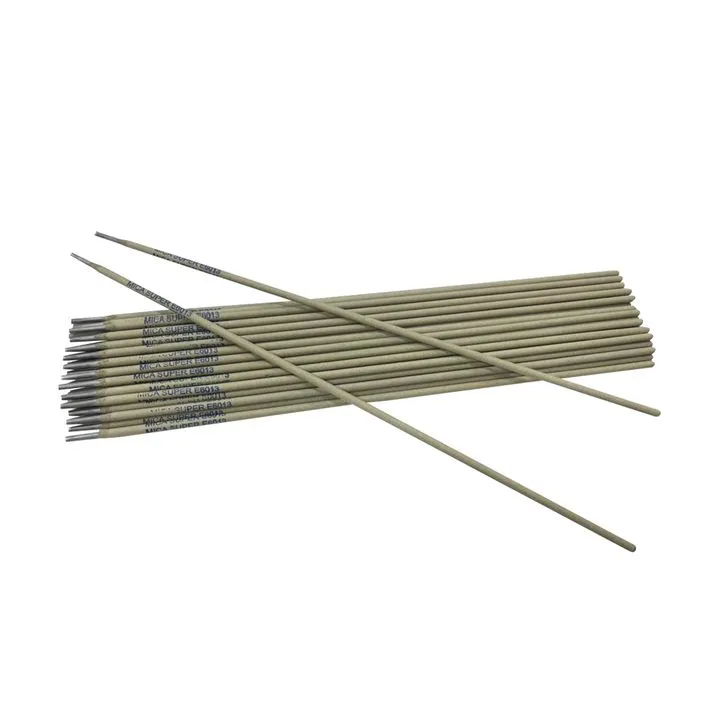
2. Wire Diameter:
Welding wire is available in various diameters, typically ranging from 0.6mm to 2.0mm. The choice of wire diameter depends on the thickness of the metal being welded. Thinner wires work well for thin-gauge materials, whereas thicker wires are suitable for thicker materials. Selecting the correct wire diameter ensures proper welding bead dimensions and prevents excessive heat input.
3. Shielding Gas Requirements:
Solid wire requires an external shielding gas for protection against atmospheric contamination during welding. The type of gas depends on the metal being welded. On the other hand, flux-cored wire is self-shielding and does not require an external gas supply. Consider your welding needs and equipment compatibility when determining which gas option is suitable for your projects.
Price of Welding Wire Types:
When comparing prices of different welding wire types, it is important to consider the overall cost-effectiveness, taking into account factors beyond the price tag.
1. Wire Quality:
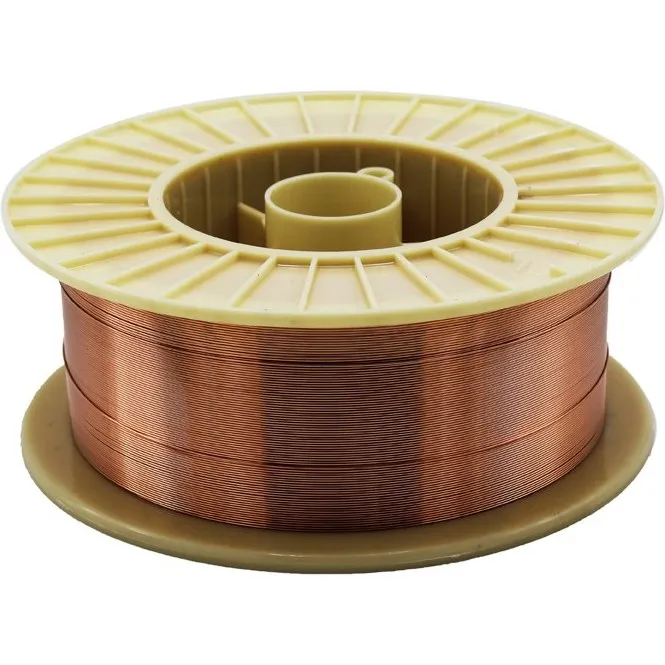
Choosing high-quality welding wire will contribute to optimal welding performance and reduce the risk of weld defects. Although premium welding wire may come with a higher price tag, it often leads to improved efficiency and reduced rework, ultimately saving costs in the long run.
2. Production Efficiency:
Different welding wire types have varying deposition rates, meaning how quickly the wire melts and fills the joint. Flux-cored wire generally has higher deposition rates compared to solid wire, potentially reducing welding time and labor costs. When considering the price, it is crucial to assess the impact of wire efficiency on overall productivity.
3. Bulk Purchase:
Buying welding wire in bulk can offer significant cost savings since suppliers often provide discounts for larger quantities. However, it is important to ensure that proper storage conditions are available to maintain the quality of the wire over an extended period.
Conclusion:
Welding wire selection plays a vital role in achieving high-quality welds that meet industry standards. Solid wire, flux-cored wire, and submerged arc welding wire each have specific applications and advantages. When buying welding wire, consider factors such as material compatibility, wire diameter, and shielding gas requirements to ensure optimal weld results. Additionally, while price is a consideration, it is crucial to prioritize wire quality and production efficiency for long-term cost-effectiveness. By understanding the different welding wire types and associated buying considerations, welders can make informed decisions to enhance their welding operations.

